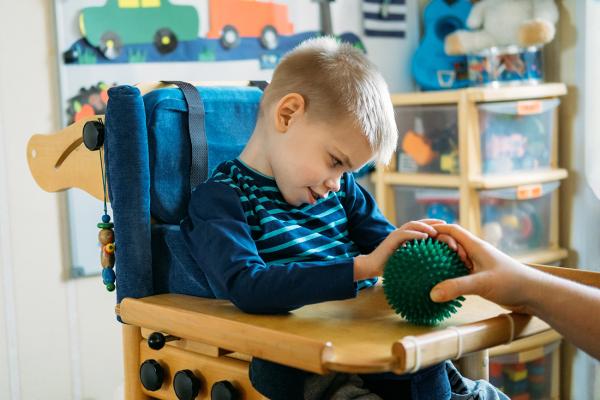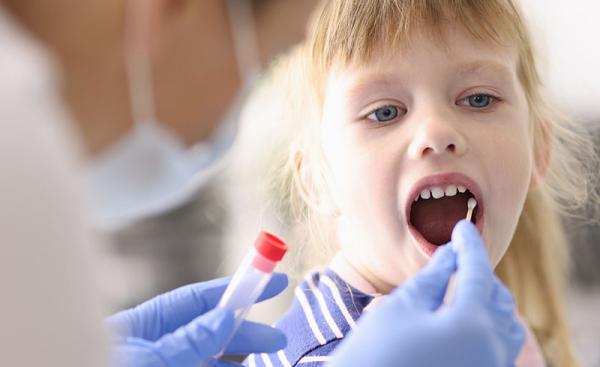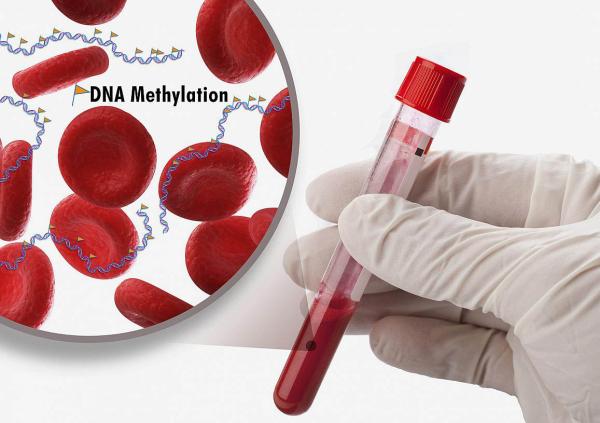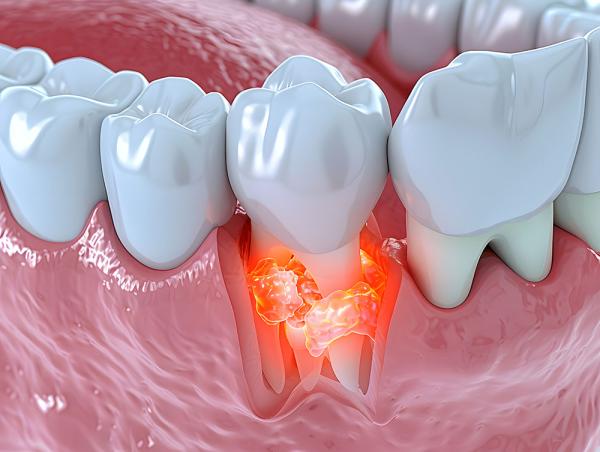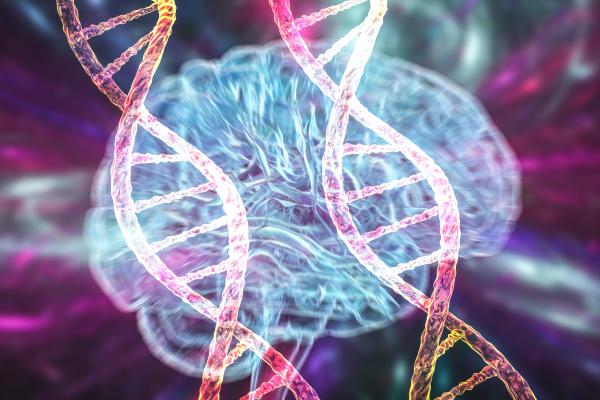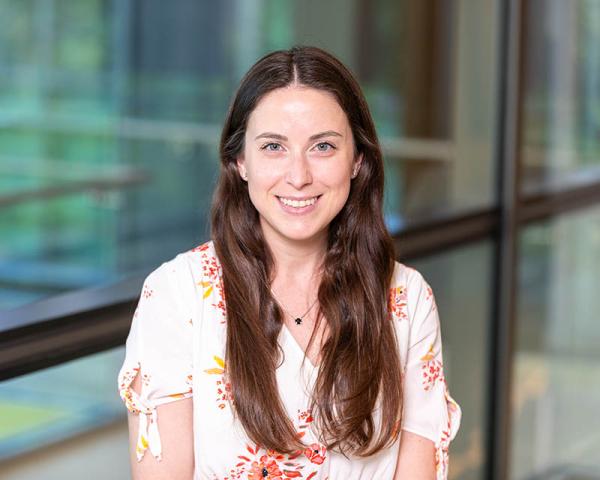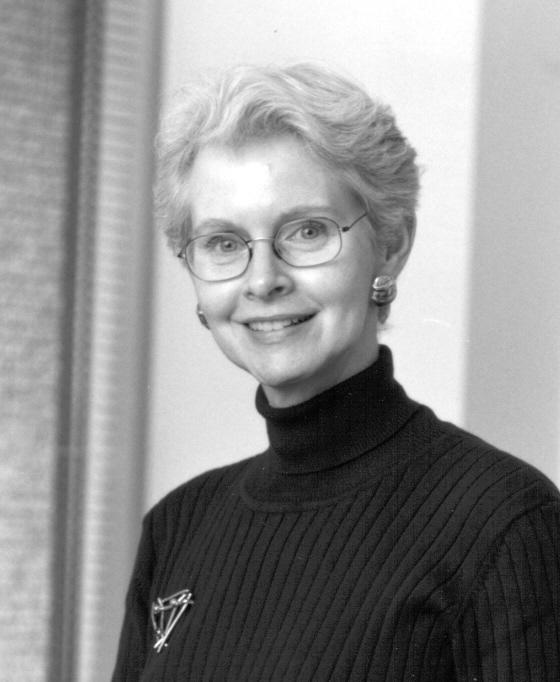Recapturing Kids’ Bone-Healing Magic
IRP Study Suggests Immune System Changes Hinder Healing in Adults
With all the hijinks that young children and teenagers get up to, it’s a good thing they heal so quickly from a broken leg or arm. Unfortunately, this ability begins to diminish within a few years of graduating high school. Now, new IRP research is showing that changes in the immune system underlie the difficulties older individuals have with repairing their bones.


